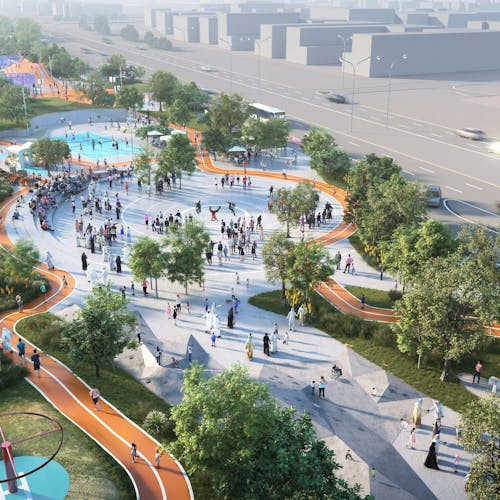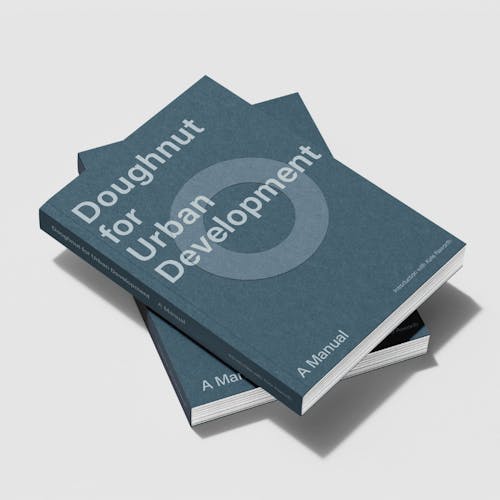Sønder Boulevard
From traffic artery to a lush and popular urban space in central Copenhagen.

Curious for more?
Line Agnes Bjørløw Skjærlund
Head of Business Development, Associate Partner
Location
Copenhagen, Denmark
Size
1,6 ha
Year
2004 — 2006 (phase 1), 2014 (phase 2), 2020 (final construction)
Client
The City of Copenhagen
Role
Landscape architect
Partners & Collaborators
Hansen & Henneberg, The City of Copenhagen
Challenges
Typology
SLA has transformed Vesterbro’s central boulevard, Sønder Boulevard, from being a traffic artery to being a 1.3 km long lush and popular urban space in Copenhagen. The design has not only brought new life to Sønder Boulevard but also tied Vesterbro together with the center of Copenhagen, Carlsbergbyen and Copenhagen’s main railway station.




Through a comprehensive community participation process, the residents of the area got the opportunity to put their fingerprint on the urban space from the beginning. In SLA’s original design, part of the urban space was left empty as unprogrammed fields to be filled over time by the residents’ wishes and ideas. The residents have now added outdoor table tennis, deckchairs, and new seating to the boulevard, creating a place that reflects the local spirit and current needs of the area.
Sønder Boulevard used to be a long deserted stretch with a fence all the way along the center strip – whose primary task was to prevent cars from taking a shortcut across it. With SLA’s green belt, the boulevard today stands as Copenhagen’s perhaps longest informal meeting place, which on summer days is often filled with people who filter between bars, kindergartens, kiosks, pizzerias and out onto the green central terrace to take a break in the sun.
The park has brought along spontaneous and self-organized activities and provides space for public cultural events that stimulate public health and local business life. In addition, the city park’s significance as a public amenity, its value is directly reflected in the surrounding property prices, which from 2006-2020 had a total increase of DKK 351 million DKK.




In 2008, we interviewed a group of diverse Sønder Boulevard locals about how the transformation had changed urban life. Have a look below.













